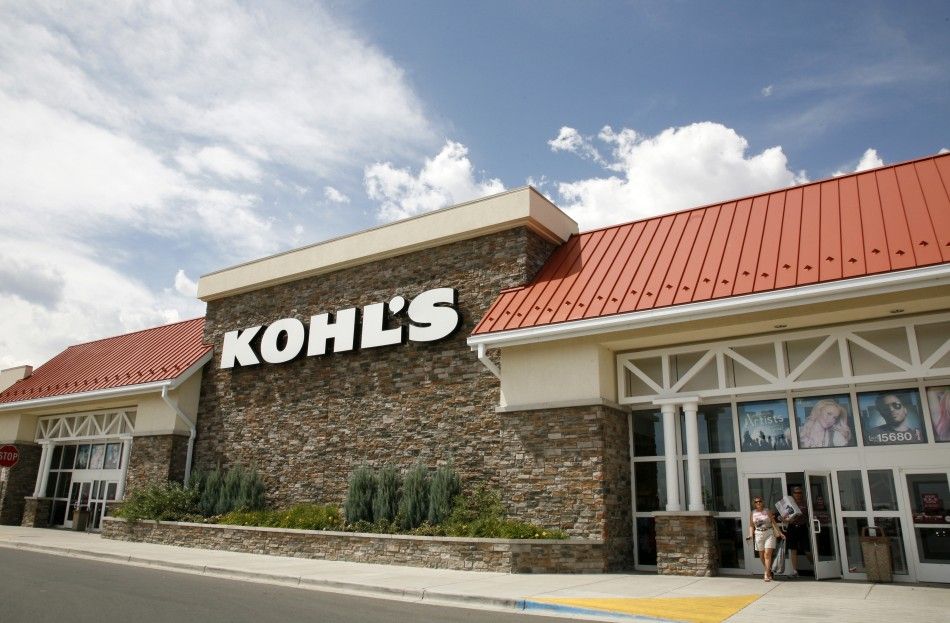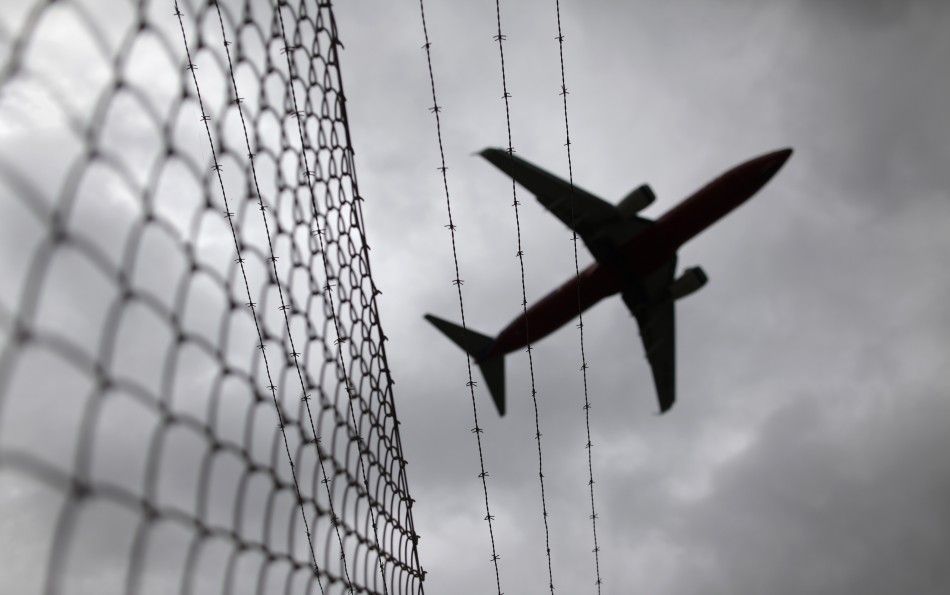The art of Graffiti
Graffiti has become more widely accepted as an art form due to artists such as Banksy, but the art of graffiti has been around for decades, on view for all eyes to see.
As far as art is concerned, graffiti has always been the most controversial art form. It raised concerns during the '80s and '90s when it became prominent on neighborhood buildings, subways and billboards through forms of illegal 'tagging.' Through its association with gangs and crimes, graffiti became taboo, making the allure even more appealing for some.
However, graffiti was not only reserved for gang members and rampant teenagers with spray cans. Ancient civilizations have been scribbling on cave walls for centuries.
In recent years, in an effort to express oneself, artists have replaced the typical art book for a larger canvas -- public property.
Through the years, graffiti has evolved from cryptic storytelling to expressing a message to the general public. In America, it's more commonly associated with tagging, whereas in other countries graffiti serves a political and social purpose.
Either way, the art of graffiti is becoming more prominent within art communities, even landing a place at the Museum of Contemporary Art (MOCA) in Los Angeles.
It's clear that graffiti isn't going anywhere, but instead will evolve with time.



© Copyright IBTimes 2025. All rights reserved.





















